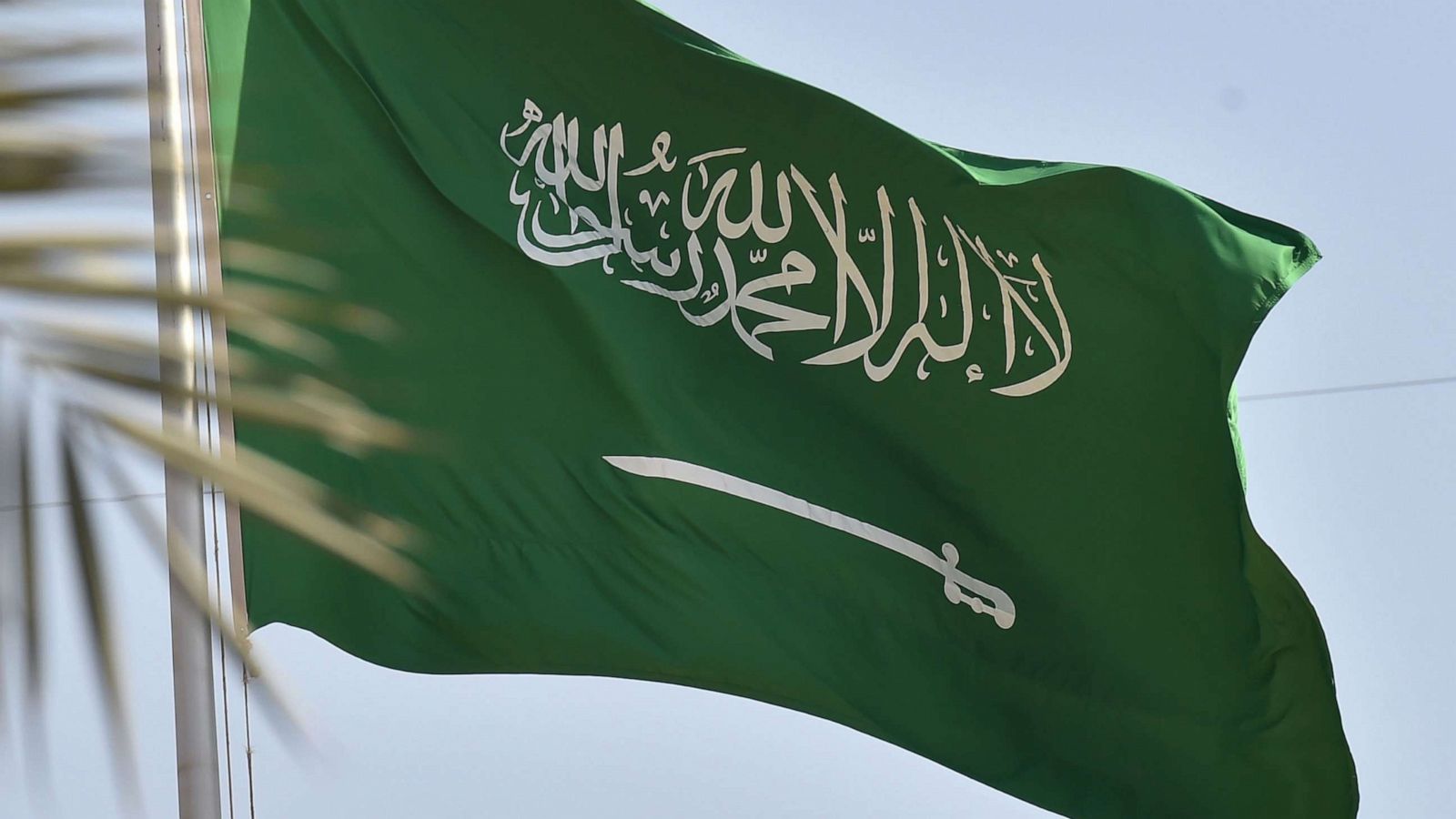Saudi Arabia has approved its budget for 2023 with expenditures reaching up to $296 billion (SAR 1.114 trillion) and an estimated surplus of $4.3 billion (SAR 16 billion), a statement showed Wednesday.
The massive government expenditures in 2023 result from the Saudi short and medium-term plan to comprehensively develop the
most promising sectors that greatly contribute to social and economic returns. The kingdom also plans to localize its military
industries following the US consideration of cutting arms sales. This is also expected to jack expenditures up to $301.5 billion (SAR 1.134 trillion) in 2025.
Expenditures for 2022 are expected to reach $301 billion (SAR 1.132 trillion), up 9% from the actual figure of 2021 and 18.5% from
the 2023 budget, mainly due to the economic repercussions of higher inflation and COVID-19. As for total revenues for the same
year, the kingdom expects to bag $330 billion (SAR 1.234 trillion), an increase of 27.8% compared to 2021 and 18% compared to the budget estimates. This indicates a surplus of $27.13 billion (SAR 102 billion), or 2.6% of the gross domestic product (GDP).
For 2023, total revenues are conservatively expected to reach around $300 billion (SAR 1.13 trillion), while increasing to $320 billion (SAR 1.205 trillion) in 2025, with an estimated budget surplus of 0.4% of GDP in 2023 despite the global economic developments, inflationary pressures, and geopolitical tensions.
Saudi industrial minister Bandar bin Ibrahim Al Kharif said that the sizeable expenditures in the 2023 budget would accelerate the country's mega projects under Vision 2030.
Real GDP is projected by preliminary estimates to decelerate to a growth rate of 3.1% in 2023 from 8.5% this year, supported by the growth in the GDP of non-oil activities.
The budget statement expects the government to keep borrowing to pay up the principle of the due debt next year and in the medium term, along with financing several strategic projects. Consequently, the public debt is projected to jump to $252.9 billion (SAR 951 billion) in 2023, or 24.6% of the GDP.










